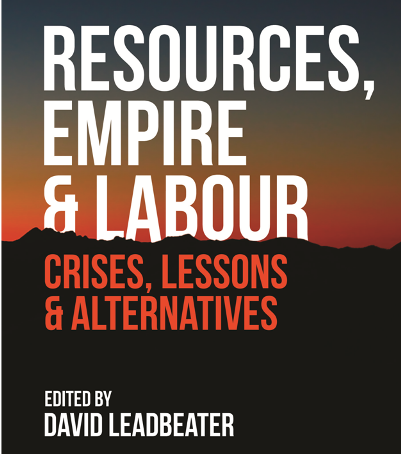The Sudbury Star is the City of Greater Sudbury’s daily newspaper.
A man who began working at age 15 in the coal mines of England and rose to become one of the top executives at Inco died Sunday at Trillium Health Centre in Mississauga after a short illness.
James William “Big Jim” Ashcroft is being remembered this week, by friends and by people who didn’t always share his views, as both a company man and a miner’s miner.
A fifth-generation coal miner, Ashcroft worked in Lancashire in northwest England before apprenticing as a surveyor and studying to be a mining engineer.
He left the United Kingdom in 1968 and began working for Inco at Levack Mine, working in many roles for the International Nickel Company before being transferred to Thompson as vice-president of mining and milling for the Manitoba division.
He returned to Sudbury in 1991 as president of Inco’s Ontario division, a position he held until retiring in 1997. He then sat on boards for FNX Mining, Hudson Bay Mining, Guyana Gold and Thompson Creek Metals. He also ran a mining consulting company for several years.
Along the way, he married Margaret, to whom he was wed for 44 years. Margaret Ashcroft is well known in Sudbury as an educator and former member of the board of the North East Local Health Integration Network.
























